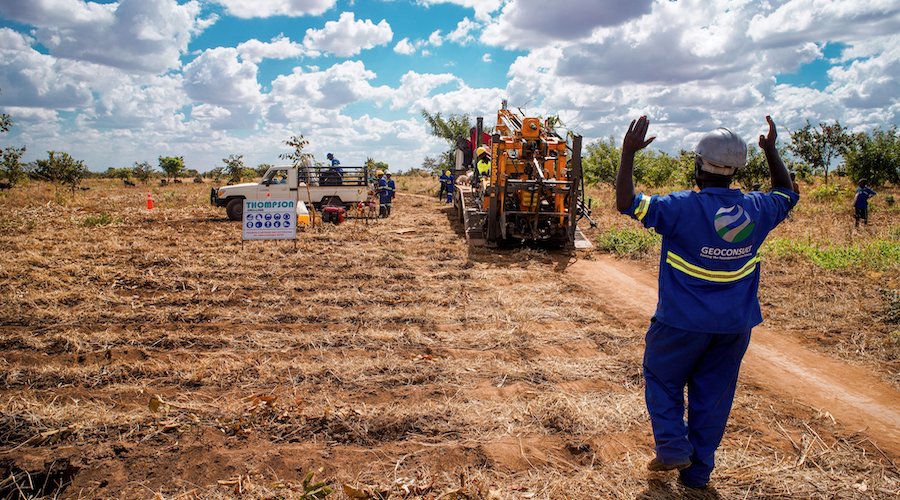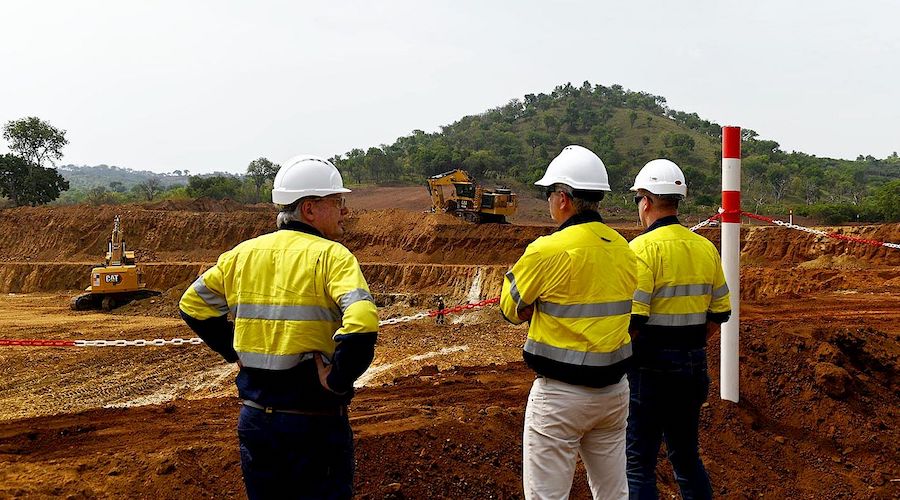Interventions against illegal mining have a spillover effect on legal mining areas – study
Stronger regulations are needed in legal gold mining areas when interventions against illegal mining are carried out, new research has found.
Back in 2019, the Peruvian government deployed “Operation Mercury” (Operation Mercurio) in the La Pampa region, an area where gold mining is banned in most places. La Pampa straddles the Interoceanic Highway. North of the highway, mining is mostly legal in mining concessions. However, south of the highway mining is strictly prohibited in the buffer zone of the Tambopata National Reserve.
Through Operation Mercury, armed military and national policewere dispatched to the region and had a sustained presence until March 2020. Miners were evicted and mining equipment was destroyed. The intervention successfully stopped illegal gold mining activity in La Pampa but activity in legal areas spiked, triggering many of the same environmental concerns.
“Although illegal gold mining operations in La Pampa came to a near halt during Operation Mercury’s two intervening years (2019–2020), mining activity essentially just shifted across the road to legal areas on the other side of the Interoceanic Highway,” Dethier said.
Following Operation Mercury, mining decreased by 70% to 90%. Excavated mining pits in illegal mining areas decreased by up to 5% per year as compared to increasing by 33% to 90% per year before the intervention.
Although deforested areas experienced revegetation at a rate of 1 to 3 square kilometres per year, progress was offset by increases in deforestation in legal mining areas north of the Interoceanic Highway at a rate of 3 to 5 square kilometres per year. Most of the revegetation occurred on the edges of deforested areas, with the highest revegetation in La Pampa south. Mining pond areas outside intervention zones also saw increases ranging from 42% to 83%.
Satellites tell the truth
To assess Operation Mercury’s impact on mining activity, the research team drew on satellite data from 2016 to 2021 from the European Space Agency’s Sentinel-1 and Sentinel-2. Data was obtained from nine mining areas: four illegal mining areas targeted by the intervention, two legal areas to the north on the other side of the Interoceanic Highway, and three distant sites that were not part of the enforcement, which served as a control for the study.
Using the radar and multispectral data, the researchers were able to quantify changes in water, water quality, mining pond areas, and deforestation in La Pampa following Operation Mercury, by comparing data from before, during, and after the intervention.
As part of the analysis, the team examined the spectral properties of the mining ponds and changes in pond colour.
Mining ponds typically take on a yellow colour, which acts as a marker for gold mining activity. The “yellowness” of the ponds is associated with increases in suspended sediment in the water.
Through gold mining processes, sediment is churned up from the land, creating turbid water with lower reflectance levels, while clearer water has higher reflectance. After Operation Mercury was implemented, reflectance increased in mining ponds in La Pampa south but then stabilized.
Following Operation Mercury, pond yellowness decreased rapidly after mining activity was suspended in all areas of La Pampa, except in the north. In La Pampa northwest, mining activity spiked and pond yellowness increased by 43%, as compared to before the intervention. In La Pampa northeast, yellowness remained stable due to continued mining activity.
“Like many other countries around the world with highly prized natural resources, with Peru’s rich deposits of gold, it has had to determine who controls this extractable resource and how this particular mining sector will be formed,” David A. Lutz, co-author of the paper that presents these findings, said.
By January 2023, when the paper was under review by the journal, illegal gold mining had resumed in protected areas, as enforcement and anticorruption activities by the military and national police had ceased, as they were redeployed to focus on the covid-19 pandemic.
“Our results demonstrate how intervention at the federal level can effectively stop illegal mining in Peru,” Dethier said. “But that is just one aspect of the problem, as a multifaceted approach is necessary to address the long-term impacts of both illegal and legal gold mining activity on humans, wildlife and the environment in the Madre de Dios watershed.”
In the researcher’s view, strong governance and conservation and remediation strategies are needed to protect this tropical biodiversity hotspot.
Dethier also mentioned that the same applies to protected areas in other counties, as another study he and Lutz co-authored showed the rise of similar mining operations in 49 countries across the global tropics.
Share this content:














